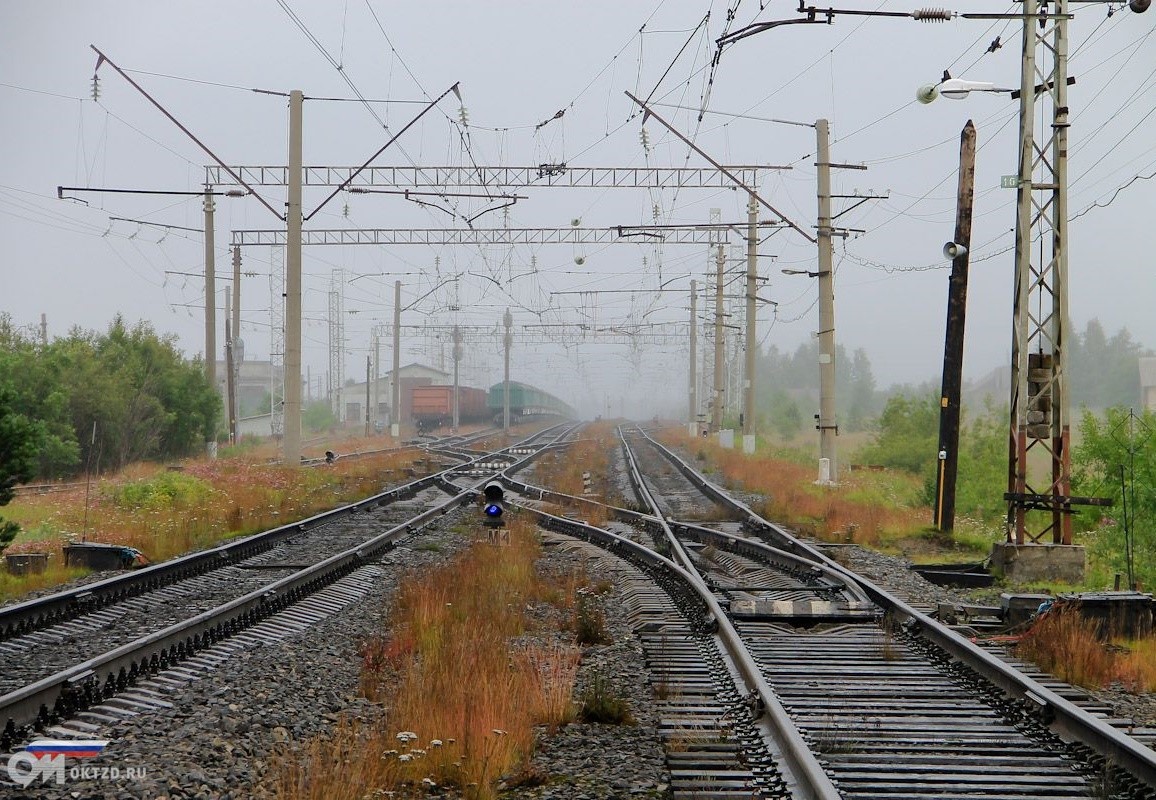Railroads all over the world are an important part of the transport infrastructure for passengers, all sorts of goods and commodities, as well as natural resources such as fish, minerals and oil, ores, and timber. According to international energy studies, railway is the most energy-effective land bound transport alternative available, consuming less than 20 % energy per tonne compared to road transport with trucks.
 Buying your tickets or sending your goods, you may not think of the complex system that makes up the railways. Railways consist of engineered foundations, sleepers, rails, rolling stock, energy supply, signal, and communication components etc., all of which need careful attention and maintenance to meet safety and regularity requirements.
Buying your tickets or sending your goods, you may not think of the complex system that makes up the railways. Railways consist of engineered foundations, sleepers, rails, rolling stock, energy supply, signal, and communication components etc., all of which need careful attention and maintenance to meet safety and regularity requirements.
The countries within Kolarctic are sharing a nature with demanding geographical and topological conditions, and with challenging, but also diverse climate conditions. The interior parts have summers and winters with temperatures varying between more than + 35 °C and below – 40 °C. In mountain and highland plateaus wind, snow and ice often cause problems for train traffic. Heavy rains and snow melting periods challenge the drainage systems along railway lines.
The ARINKA project is a cross-border railway research and development collaboration between academic railway research institutes & universities and railway companies within the Kolarctic region. The project aims to exchange railway technological know-how and best-practice solutions with the goal of making Kolarctic railways more reliable through robust rail infrastructure solutions, more cost-effective maintenance operations, and improved methods for maintenance planning.
In the ARINKA project, a comprehensive survey of the railways in the Kolarctic region has been carried out. This includes a description of the various lines, their maintenance, as well the technological solutions that are currently used for condition monitoring of the infrastructure. Through the survey, challenges experienced by the various railways have been identified. The project is a cooperation between academic partners with complementary knowledge from most railway engineering disciplines and railway infrastructure companies, contributing with their experience and invaluable practical knowledge.
Modern sensor technology, and data processing power, enables more efficient solutions for monitoring the condition of railways.
Problems and challenges discussed cover a number of topics, e.g. expanding rail in hot summers leading to so called sunbursts, rail breakages on the steep and curvy Ofoten Line, corrosive soils in the coastal areas of Northern Finland and maintenance challenges in the Kola area wetlands from both frost hives during winter and mosquito swarms in the summer. During the work we have discussed improvement potentials from better railway components, stronger rail steels and more efficient condition monitoring solutions, made possible by modern sensor technology and data processing power in compact computers.
Climate changes are also affecting train operations in the Kolarctic. The climate has become more unstable both winter and summer, with more precipitation, more frequent snow melting periods and stronger winds. The rising average temperature will perhaps most strongly affect Northern Russia, where sections of the railway track foundation previously has been frozen all year round, and now are beginning to thaw. As a measure to stabilize the foundation, artificial freezing has been proposed in some areas.


